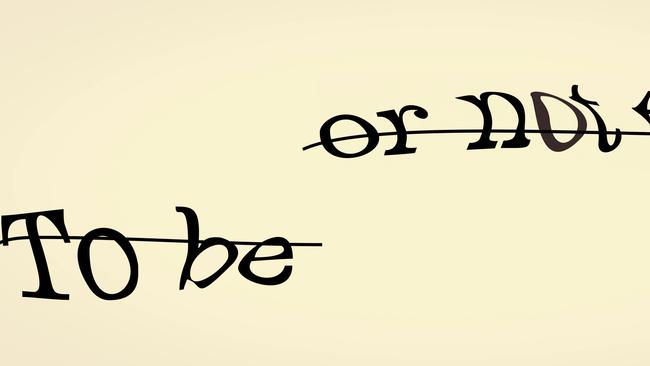End to one of the most annoying things online
WHAT a relief. Soon we will no longer have to squint to try to read those letters and numbers that are part of online security measures. See how Google is about to make life easier.

WHAT a relief. Soon we will no longer have to squint to read letters and numbers on security features asking us to confirm that we are not, in fact, robots.
Google has introduced “No CAPTCHA reCAPTCHA,” a new way to verify a person, simply by checking a box.
CAPTCHA, or “Completely Automated Public Turing test to tell Computers and Humans Apart”, is the security measure that determines whether or not someone using a website is a bot, and helps protect websites from spam and automated software.
You see it show up across the internet as letters and numbers you type into a box, but as bots become more advanced, the characters become increasingly obfuscated and hard to read. And sometimes, even humans fail them.
Earlier this year, Google proved traditional CAPTCHAs don’t necessarily work — it developed an algorithm to correctly input and bypass its own CAPTCHA security systems.

To combat tricky bots, the company created an Advanced Risk Analysis back end for its reCAPTCHA tool last year to consider how people interact with the security verification before, during, and after the input. Google’s new API announcement evolved from that research.
To make human confirmation easier, Google’s new reCAPTCHA API will let websites verify a person simply by selecting a box that says “I am not a robot.”

In most cases, one click will work, but those pesky CAPTCHAs aren’t going away forever — it might ask you to input letters and numbers if the website isn’t satisfied that you’re human. Google is also introducing additional verification for mobile devices that includes image association, so people don’t have to zoom in to read tiny letters and numbers on a smartphone screen.
As bots become smarter, security and CAPTCHA technology needs to improve, too. Google isn’t the first to take on this challenge, though since its technology is so widespread — sites including Snapchat, WordPress, and HumbleBundle are already using No CAPTCHA reCAPTCHA — it’s likely this version will become commonplace across the Web.
Companies like Are You Human and its PlayThru software have tried to gamify CAPTCHA alternatives. Instead of selecting random numbers, humans have to correctly pick out matching items and drag-and-drop them to an image.
With Google’s new anti-bot API, visiting secure websites and verifying humanity will now be much easier, especially on mobile devices.
This article originally appeared on Daily Dot and is republished with permission.



